Light and its properties when taking a picture
From this point on, we will focus on matters presented to us by photographs. In this sense, we will learn how to correct, improve or perform photographic compositions.
Generally, a photograph is taken under different light conditions. Thus, it is necessary for us to understand some of the correction possibilities we will use depending on the light.
There are 3 types of lighting in conventional photography: daylight, artificial light and flash.
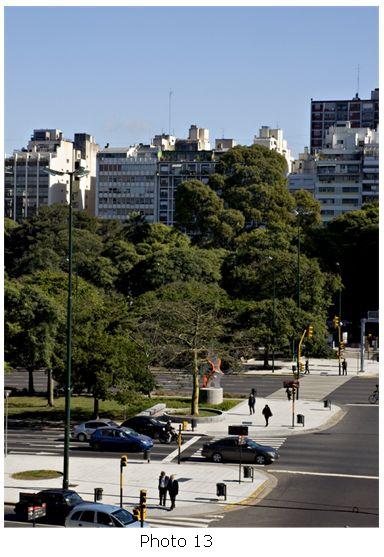
Daylight
Nowadays, every digital camera has different forms of configuration. By default, they respond to daylight excluding dusk or dawn.
In the case of daylight, we have different responses depending on the time we take the picture. A picture taken at dawn or dusk will have a slight orange tone and generally we accept them as such.
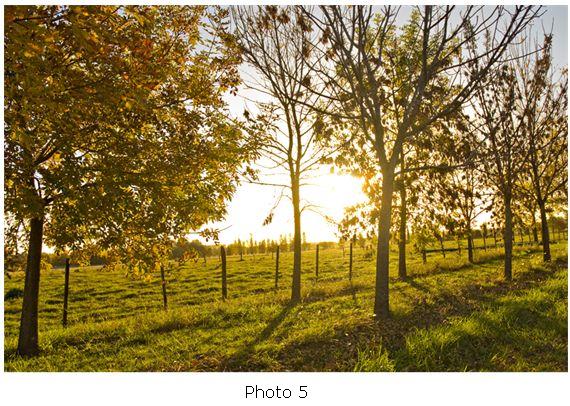
During most of the day, colour will be normal. And, given that cameras are balanced to respond during this time, there won't be any serious problem, except when we take a picture beneath a shade, which will generally have a slight or marked blue tone depending on the case.
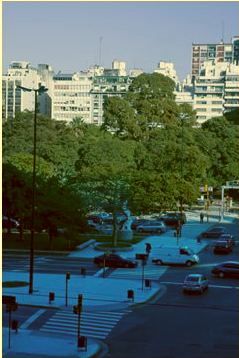
In this picture, we can clearly see how the portion with direct sunlight is normal while those parts in shades have a blue tone.
When shooting pictures indoors, we will use different forms of illumination: light bulbs, which render a red light, and fluorescent, which render a green light.
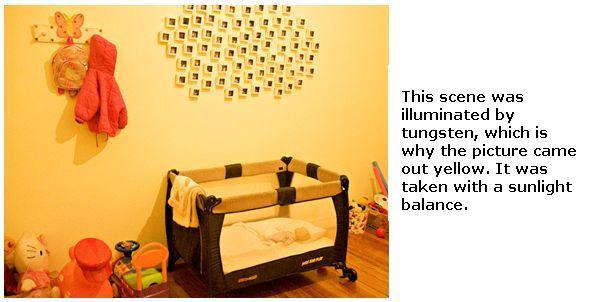
In the case of pictures taken with flash, cameras are balanced for daylight.

The same way as we did to understand the distribution of light in the visible spectrum, we need to point out the 2 colour classifications: Primary and complementary colours.
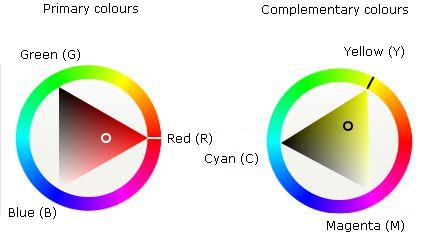
This image shows us their distribution. On one side we have the primary colours and the other side shows the complementary ones.
Colour correction will be performed based in the use of one or others depending on the situation. If we need to correct an excess of red, for example, we need to increase its complementary colour, in this case, Cyan. The same thing will happen for Green or Blue. We will apply this in the following lessons with the use of their function.

